Imperio de la China. : I cultura evangelica en èl, por los religios de la Compañia de Iesus.
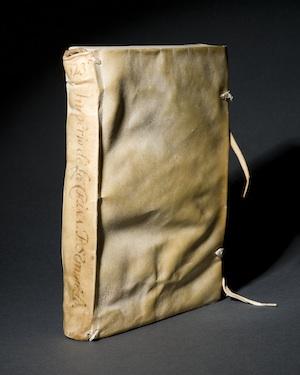
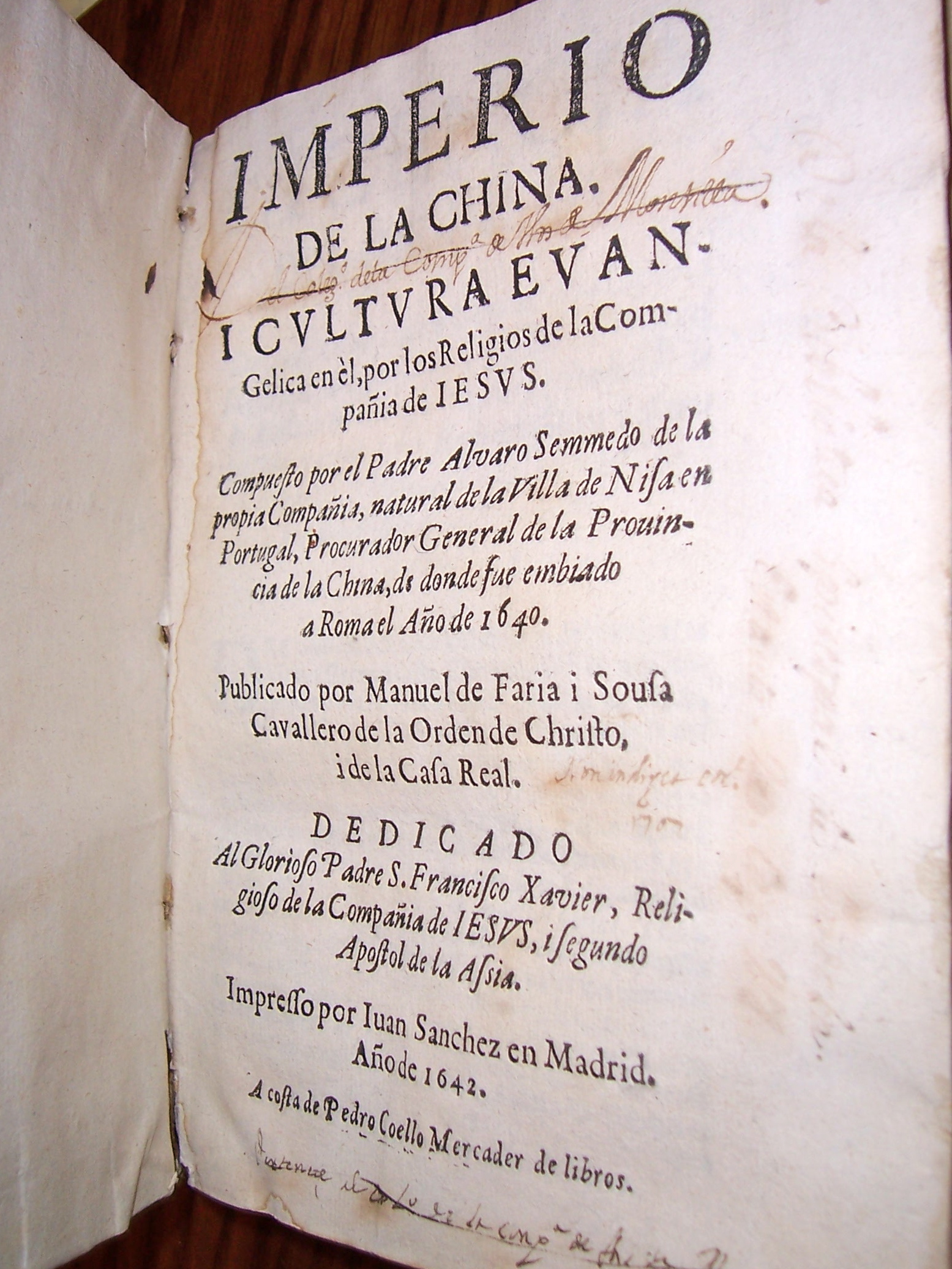

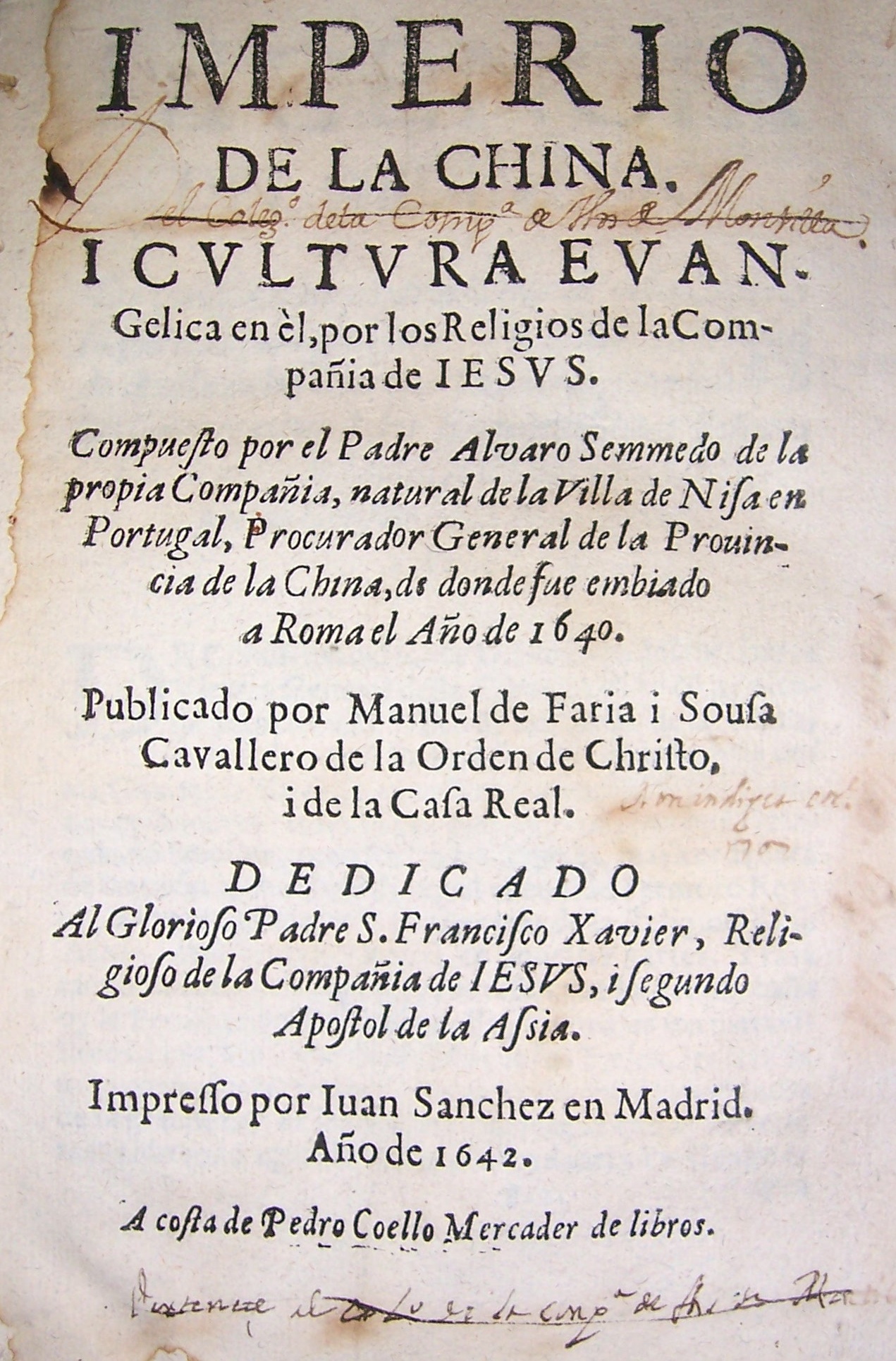
Jesuit writings about Chinese history and culture were not only influential works during the seventeenth and eighteenth centuries, they were also popular ones as well. Thus, when a work appeared in one language and sold well, other printers and publishers proceeded to have it translated and brought out new editions.
The Portuguese Jesuit, Alvaro Semedo (1585-1658), was sent back to Europe as procurator for the mission in 1637. He arrived in Lisbon in 1640, spent the better part of the next four years in Europe, before leaving Rome for China in 1644. Like Nicolas Trigault before him, his role in Europe was to promote the work of the China-based Jesuits as well as communicate information about China to Europe, not just to his Jesuit confrères but also more broadly as well.
He thus wrote a history of China, which was first published in Madrid in Portuguese, but was then rapidly translated into Spanish in the next year and printed under the title Imperio de la China: I cultura evangelica en èl, por los religios de la Compañia de Iesus. An Italian edition came out in 1643, and English edition in 1655 and a French edition was published in 1667.
The English edition indicates the content and purpose of the work, namely:
The history of that great and renowned monarchy of China. Wherein all the particular provinces are accurately described: as also the dispositions, manners, learning, lawes, militia, government, and religion of the people. Together with the traffick and commodities of that countrey.
The Burns Library has copies of this work in Spanish (bound in limp vellum), in Italian and in French. Both the Spanish and French versions have been fully digitized.
There are several things to note about the Spanish edition, beyond the interesting limp vellum binding and the leather thong ties, rather than metal clasps. The title page of this work reveals something of the complexity of printing in the early modern world, as the titles and job descriptions of the individuals mentioned indicate the various tasks of those involved in the book industry.
First, the premier Spanish edition (of which this is a copy) was brought into being by the publisher Manuel de Faria y Sousa (1590-1649), a famous Portuguese historian and poet who lived in Madrid in his latter years.
He commissioned the printer Juan Sanchez of Madrid, who was active in the 1630s, although there is one work (Calderon’s Primera Partes), which is listed as having been published by the widow of Juan Sanchez in 1640. Thus, there seems some minor mystery here awaiting further scholarship.
The work was then sold by one Pedro Coello, presumably also of Madrid. The bookbinder is not known, although given the size of the printing industry in Madrid in particular and Spain in general there would have been many artisans who could have performed this task.
Thus, in order to get the Spanish edition of Semedo’s History of China into the hands of a reader there were those involved in translating and publishing the work, those involved in printing and binding it, and then those involved in selling it. That it proceeded to be published in other languages as well suggests that all three levels of the industry were able to support themselves financially as a result.
Intriguingly there are also several notes written on the title page, although mostly they are now indistinct. One, at the top of the page, reveals something about the provenance of the work. At one stage in its existence it clearly belonged to a Spanish Jesuit College, although it is hard to decipher which college this was.
Finally, the dedication is to St Francis Xavier, who is referred to as the second apostle of China (St. Thomas is referred to as the first, although his journeys are considered apocryphal).
How to Use the Online Books
A help page explaining the difference between the book readers and how to use the scholarly search.
Related Items
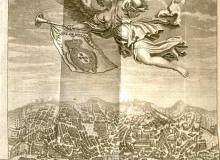
Hundreds of sailors and missionaries set out each year from the mouth of the Targus River.
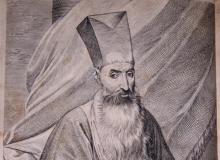
The Portuguese Jesuit Alvaro Semedo (1586-1658) was a procurator for the China mission and his influential history of China was published in multiple languages.
